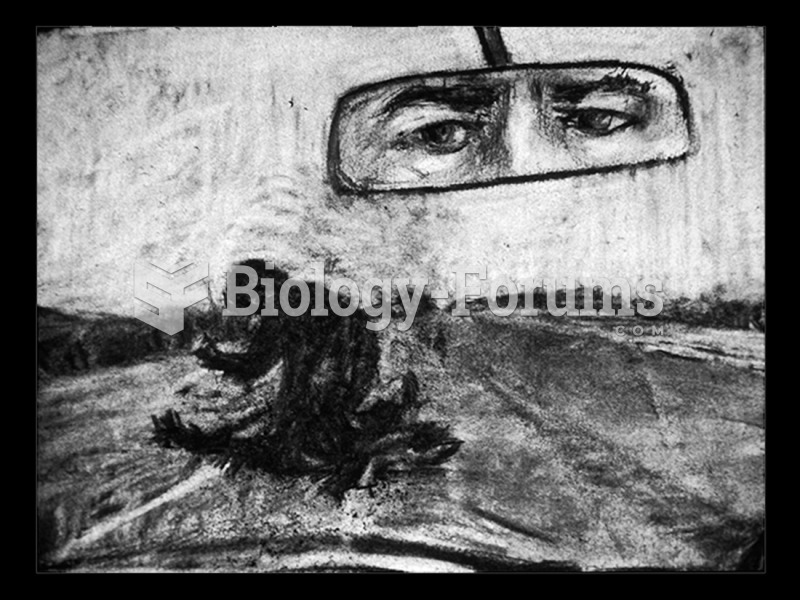Answer to Question 1
2
Rationale 1: Peripheral edema is caused by right-sided heart failure.
Rationale 2: The left ventricle has limits to its ability to compensate. Blood backs up into the lungs, resulting in the classic symptoms of cough and shortness of breath, particularly when the patient is lying down with left-sided heart failure.
Rationale 3: Hypokalemia does not cause fatigue, shortness of breath, and cough.
Rationale 4: Right-sided heart failure causes peripheral edema.
Global Rationale: The left ventricle has limits to its ability to compensate. Blood backs up into the lungs, resulting in the classic symptoms of cough and shortness of breath, particularly when the patient is lying down with left-sided heart failure. Peripheral edema is caused by right-sided heart failure. Hypokalemia does not cause fatigue, shortness of breath, and cough. Right-sided heart failure causes peripheral edema.
Answer to Question 2
2
Rationale 1: Chronic hypertension, coronary artery disease, diabetes, myocardial infarction, and mitral stenosis are all associated with an increased risk for heart failure.
Rationale 2: Heart failure is the inability of the ventricles to pump enough blood to meet the body's metabolic demands.
Rationale 3: There is no cure for heart failure. Medications and diet are instrumental to the plan of care.
Rationale 4: It is estimated that 10 of people over age 70 have heart failure.
Global Rationale: Heart failure is the inability of the ventricles to pump enough blood to meet the body's metabolic demands. Chronic hypertension, coronary artery disease, diabetes, myocardial infarction, and mitral stenosis are all associated with an increased risk for heart failure. There is no cure for heart failure. It is estimated that 10 of people over age 70 have heart failure.







